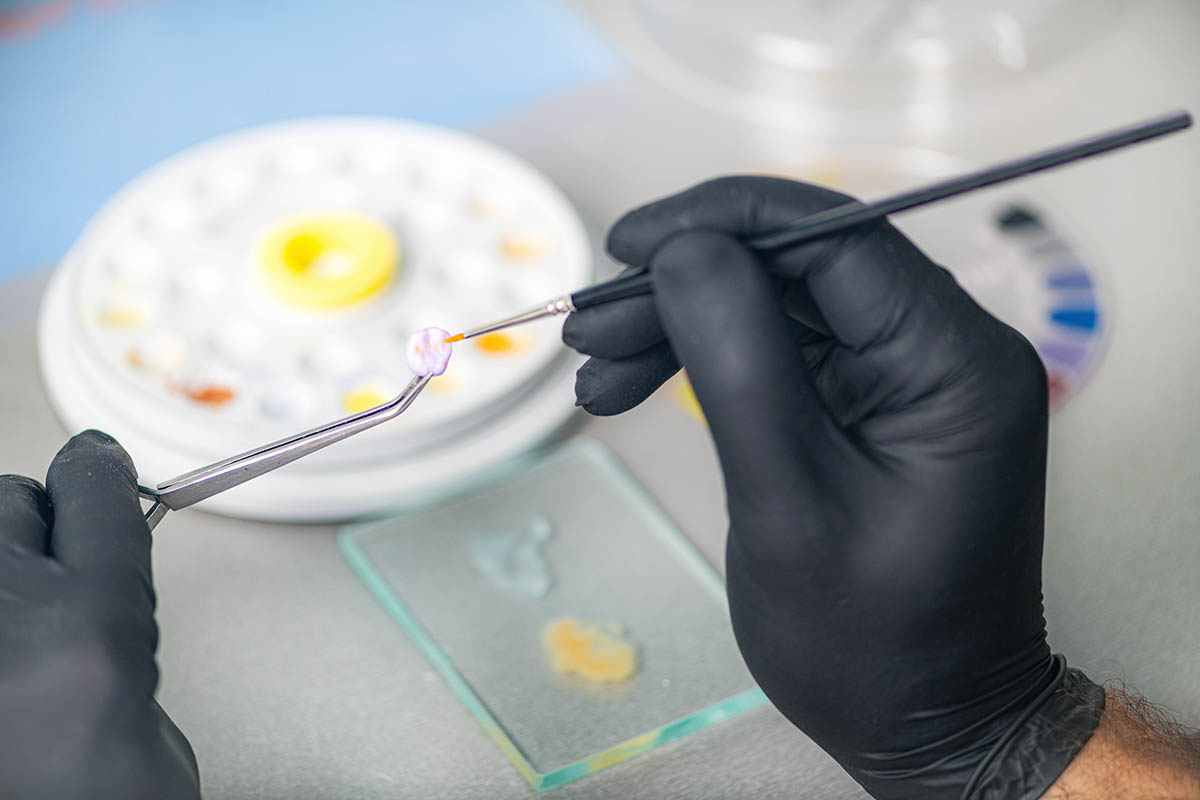Home>Finance>One-Tailed Test Explained: Definition And Example


Finance
One-Tailed Test Explained: Definition And Example
Published: January 3, 2024
Learn how one-tailed tests are used in finance, along with a clear definition and practical examples. Master the concepts of hypothesis testing and statistical significance to make informed financial decisions.
(Many of the links in this article redirect to a specific reviewed product. Your purchase of these products through affiliate links helps to generate commission for LiveWell, at no extra cost. Learn more)
Unlocking the Mystery of One-Tailed Tests: A Comprehensive Guide
Have you ever wondered what a one-tailed test is and how it can be applied in statistical analysis? If so, you’ve come to the right place! In this article, we will dive deep into the concept of one-tailed tests, explore their definition, and provide you with a practical example to help you understand their significance. So, let’s not waste any time and get started.
Key Takeaways
- A one-tailed test is a statistical hypothesis test that analyzes if the data significantly deviates in only one direction.
- It is used when there is a specific research question that requires investigation in only one direction.
Definition of One-Tailed Test
A one-tailed test, also known as a one-sided test, is a statistical hypothesis test that determines whether the observed data significantly deviates in only one direction. This type of test is used when there is a specific research question that requires investigation in only one direction. In simple terms, it helps us determine if a hypothesis is true for values that are either greater than or lesser than a certain threshold.
Example: The Coffee Shop Experiment
Let’s say you own a coffee shop and want to determine if a new type of coffee bean you are using has a positive impact on customer satisfaction levels. To conduct this experiment, you randomly select two groups of customers:
- Group A: Customers who are served coffee made from the new coffee beans.
- Group B: Customers who are served coffee made from the old coffee beans (the control group).
To analyze the results, you collect data on customer satisfaction, which is measured on a scale of 1 to 10. After careful analysis, you calculate the average satisfaction scores for each group:
- Group A: Average satisfaction score of 8.5
- Group B: Average satisfaction score of 7.5
Now, you want to determine if the new coffee beans have a positive impact on customer satisfaction. Since you are only interested in an improvement and not a decline in satisfaction, a one-tailed test is appropriate in this scenario. You set up the following hypotheses:
- Null hypothesis (H0): The new coffee beans have no effect on customer satisfaction (Mean Group A = Mean Group B)
- Alternative hypothesis (Ha): The new coffee beans have a positive effect on customer satisfaction (Mean Group A > Mean Group B)
You then conduct a statistical analysis using the appropriate statistical test, such as a t-test, to determine if the observed difference in the average satisfaction scores between the two groups is statistically significant. If the p-value is less than the predetermined significance level, you reject the null hypothesis in favor of the alternative hypothesis, concluding that the new coffee beans do have a positive impact on customer satisfaction.
By conducting a one-tailed test in this example, you can confidently make marketing decisions based on the effectiveness of the new coffee beans in enhancing customer satisfaction, leading to potentially increased profits for your coffee shop.
In conclusion, one-tailed tests are powerful tools in statistical analysis, allowing us to investigate specific research questions in a focused manner. Understanding how and when to use one-tailed tests is crucial for making data-driven decisions in various fields, from business to healthcare. So, the next time you encounter a research question that requires investigation in only one direction, don’t forget about the one-tailed test!














